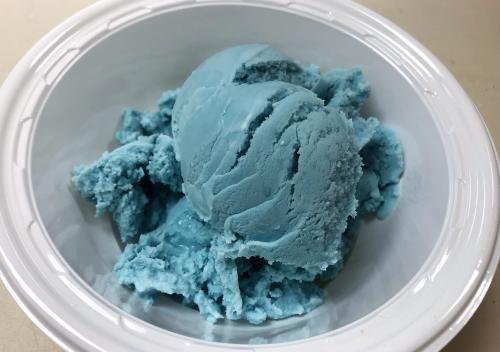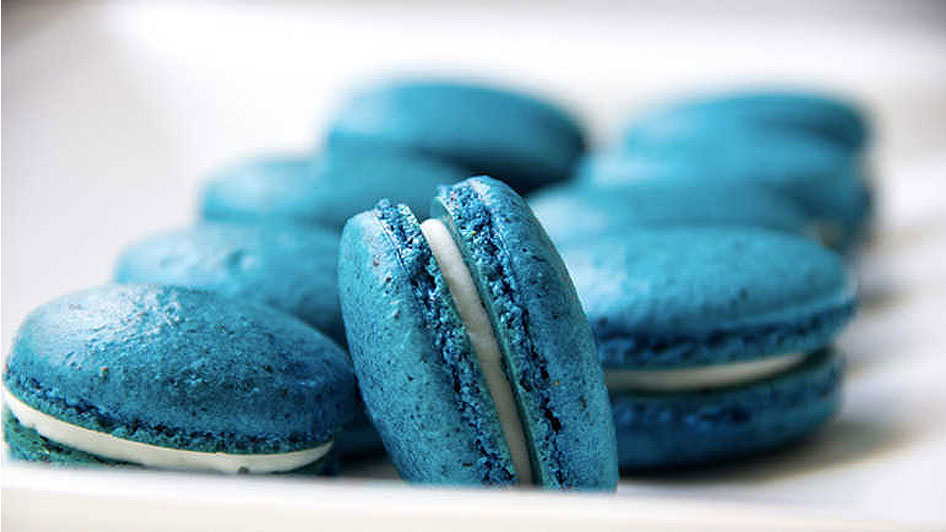Scientists have extracted and harnessed the rarest of rarities, an organic and natural blue food coloring found in nature – and figured out a way to mass-produce it.
The discovery made by an international team of scientists from various fields. This means that blue and other coloured foods may no longer need to rely on synthetic dyes to vividly colour.
“Blue colours are really quite rare in nature – a lot of them are really reds and purples,”
Biophysics researcher Pamela Denish from UC Davis.
What is a blue food coloring made of?
Although most people aren’t aware of it, most blue-coloured foods, drugs, and cosmetics are Artificial colourings. Two commonly used artificial colourings known as FD&C Blue No.1 (also known as ‘brilliant blue’) and FD&C Blue No. 2 (also known as ‘indigotin).
These two synthetic chemicals are great for bringing out the colours in blue and green foods. Still, although they’re widely regarded as safe by food authorities. But, concerns have been raised about the possible health effects of artificial dyes and the long-term sustainability of their use.
As a result, the scientific search for natural blue food coloring that can be repurposed in foods – and comparable quality to the genius synthetic dyes has been stressful. For example, Crafty people can create natural blue food colouring with red cabbage at home, but it’s a time-consuming process with variable results.
Discovery of a natural blue colouring:

All of the hard work, though, seems to have paid off now. The researchers isolated a naturally occurring blue dye called anthocyanin in red cabbage in the new study, which took nearly a decade to complete.
Unfortunately, the anthocyanin chemical in question called Peak 2 (P2). This only found in trace quantities in red cabbage, accounting for less than 5% of the total anthocyanin content of the vegetable.
However, Those other anthocyanins, on the other hand, can be hijacked. Following a thorough examination of red cabbage chemical structures. The researchers concluded that the anthocyanins that give the red cabbage its colour could turn blue. Similar to P2 when exposed to a particular enzyme.
The researchers discovered a catalyst capable of converting P6, P7, and P8 anthocyanins in red cabbage into blue versions. Of themselves after searching large public genomics databases for such an enzyme.
They then tweaked this enzyme, producing a mutant version that can efficiently cause the production of cyan blue anthocyanins and produce stable, naturally sourced blue and green pigments in a variety of foods.
Although extensive safety testing will be needed before we can eat something made from this red cabbage derivative ourselves, the proof is in the pudding, so to speak.
Reference:
- Denish PR, Fenger JA, Powers R, Sigurdson GT, Grisanti L, Guggenheim KG, Laporte S, Li J, Kondo T, Magistrato A, Moloney MP, Riley M, Rusishvili M, Ahmadiani N, Baroni S, Dangles O, Giusti M, Collins TM, Didzbalis J, Yoshida K, Siegel JB, Robbins RJ. Discovery of a natural cyan blue: A unique food-sourced anthocyanin could replace synthetic brilliant blue. Sci Adv. 2021 Apr 7;7(15):eabe7871.

